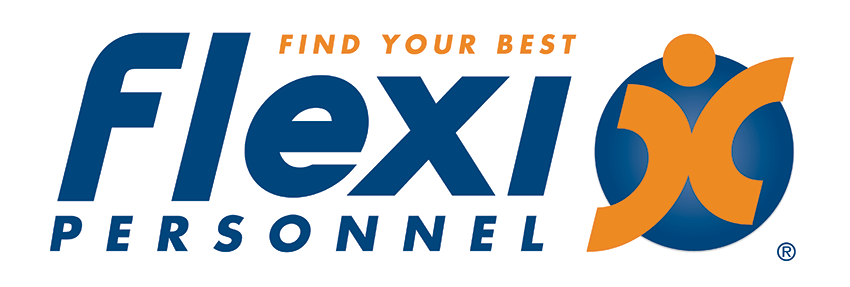
How to create a disaster preparedness plan for your workplace
An emergency action plan is a practical way of managing potential impacts to your business in the case of a disaster. It’s something that all businesses, regardless of size, should consider and implement.
What are the benefits of a disaster preparedness plan?
It’s inevitable that every business will face a disaster of some sort. Whether this is a weather-related disaster such as a hurricane, cycle, fire or flood or a disaster relating to IT, infrastructure, cyber hacking or other crime, it’s important that business leaders and staff are on the same page when the worst happens. One of the largest benefits is the ability for people to think clearly in a situation that can often be uncertain and frightening. If staff are working from a plan, it enables them to move quickly to take appropriate measures to minimise the impact on the business, or to allow the business to continue operating.
What is the best way to develop a disaster preparedness plan?
The first place to start is to get a clear understanding about how different types of risks might affect the business. Another question to ask might be: what areas of your business are essential for it to operate? As recommended by the Business.gov.au website, this might include people, procedures, suppliers and documents. The next step is to measure the business impacts if these critical areas failed. Then, you will need to look at the current strategies in place to protect the business.
- Plan for different scenarios
The impact of cyber hacking versus a natural disaster on your business will be very different and as such, will need to be planned for differently. It’s best to brainstorm the more likely scenarios and to plan for 4-5, to cover your bases. As recommended by Business.gov.au, the scenarios should cover your 3 most business-critical areas.
- List your emergency contacts (and keep it off-site)
Irrespective of the type of disaster, listing your key contacts is imperative. These should include fire, emergency and police as well as recovery contacts such as Insurance, bank and employees.
- Review your evacuation procedures
Your business should have an evacuation plan as part of Workplace Health and Safety. This evacuation plan needs to be reviewed against the different scenarios that your business has previously scoped and any adjustments made.
Should you require additional support developing a disaster preparedness plan for your workplace, speak to the HR Consulting team at Flexi Personnel.





